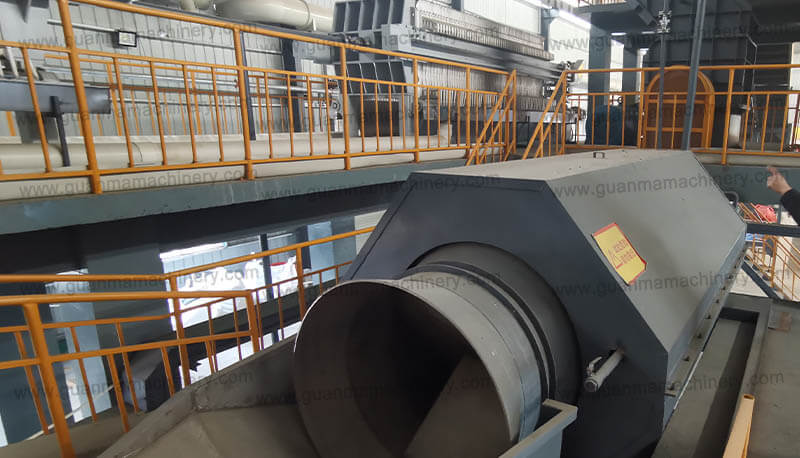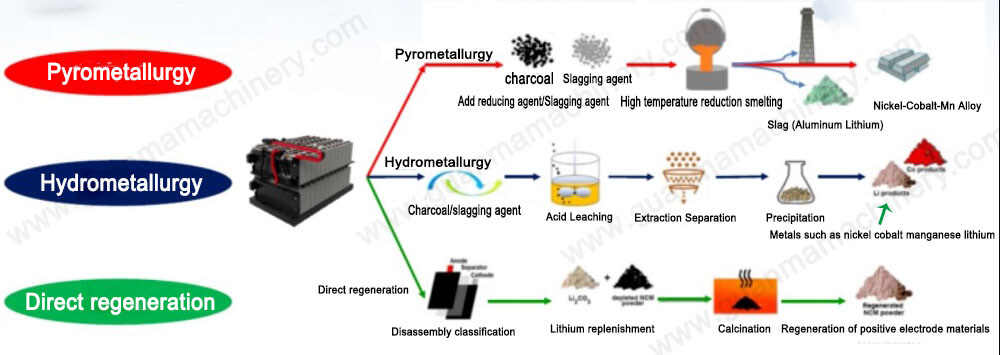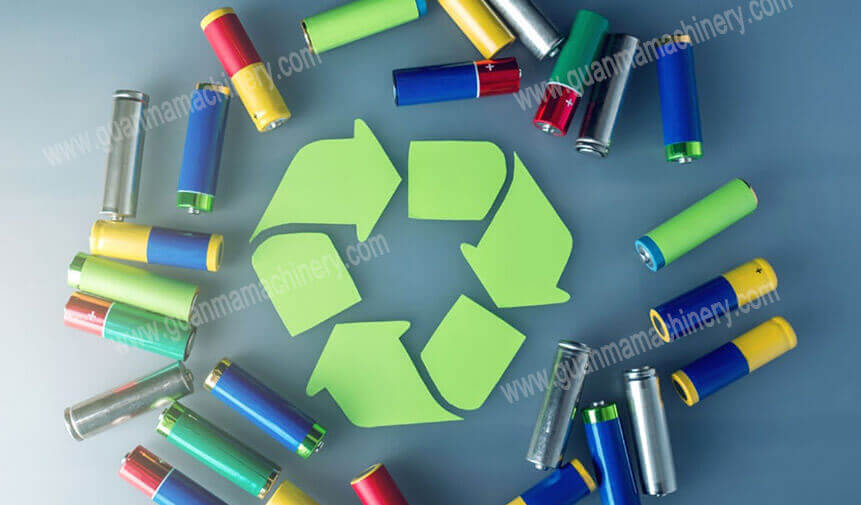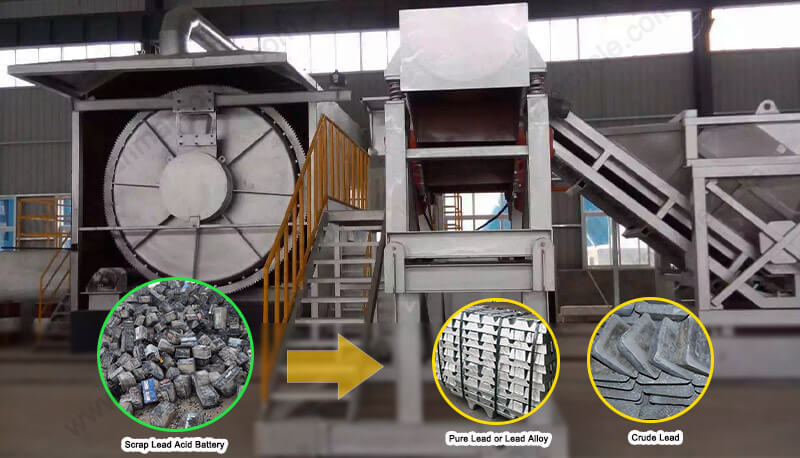Comparing gold refining processes directly on a technical level is challenging due to the multitude of factors that influence the choice, which can vary by location and time. However, generally, the following aspects are considered:
1. Composition, form, and variability of the feedstock. These are critical factors. If the characteristics of the raw material are consistent, several processes can be considered over a wide range of gold and silver contents. For versatility, the combination of chlorination and electrolysis is often favored, hence why most large and medium-sized refineries continue to employ one or both of these methods.
2. Production costs
Labor, consumables, equipment depreciation, and other operational expenses.
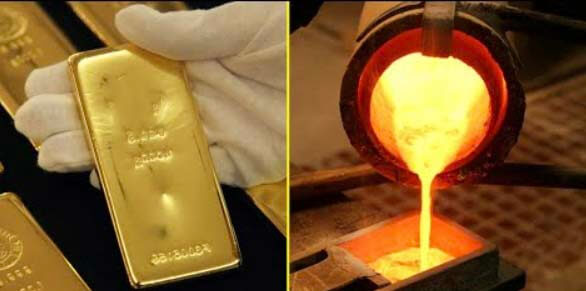
3. Capital investment
Costs for facilities, machinery, and other fixed assets.
4. Environmental considerations
The environmental impact of the process, including investment and operational costs for exhaust gas absorption, wastewater treatment, and byproduct management.
5. Batch integrity and quality control, inventory management. This involves considering the impact on product quality consistency across batches, the quantity of materials in stock, and the associated capital tied up in inventory.
6. Other factors such as existing infrastructure, company specifics (like business scope and interdepartmental relationships).
The above content is the precautions for gold refining process. For more questions, please consult Guanma Machinery!

